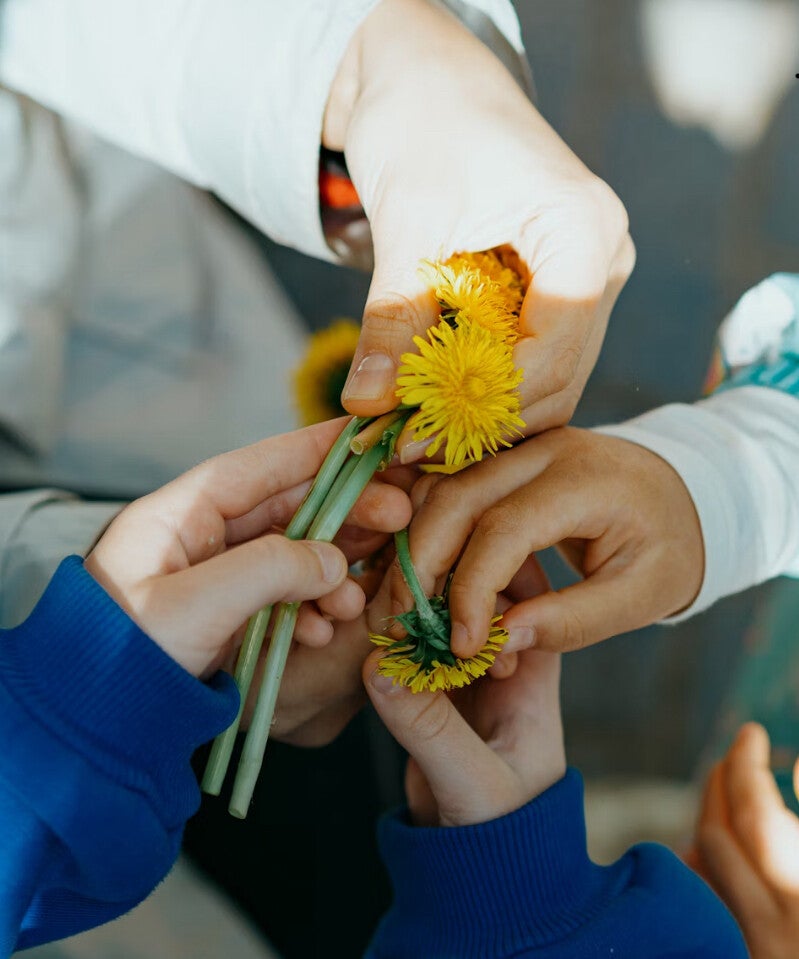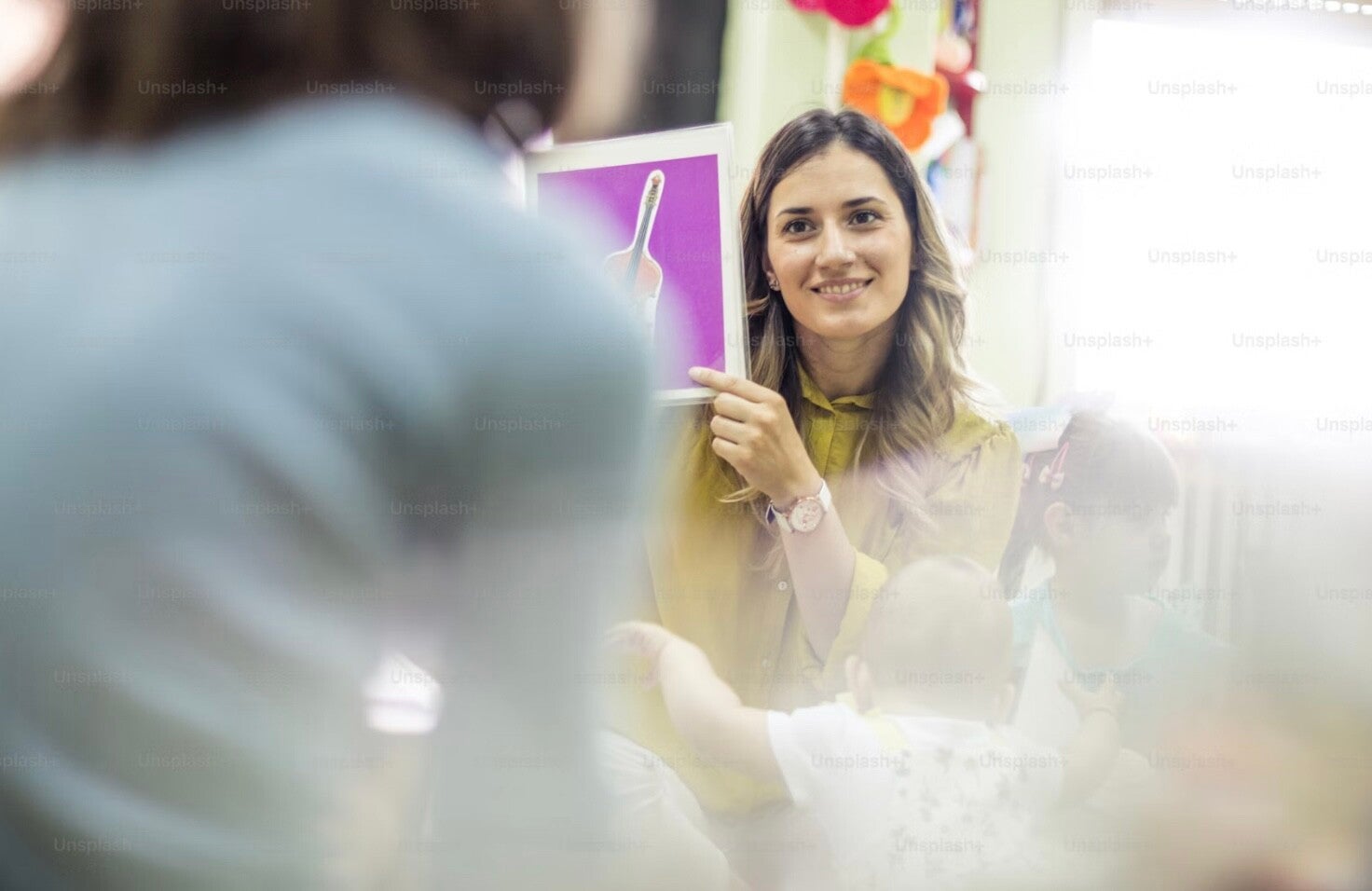Because creating an inclusive school culture isn't just policy - it's personal

The Bigger Picture
We’ve come a long way when it comes to inclusion in schools — but we still have a long way to go.
Even with support plans, funding, and frameworks in place, inclusion can’t be achieved by paperwork alone.
It happens in moments — in classrooms, playgrounds, and conversations where students feel seen and valued for who they are.
Inclusion doesn’t start with systems.
It starts with us — the parents who advocate, the teachers who listen, and the peers who choose kindness.
True inclusion begins the moment someone feels they belong, not the moment they’re added to a list.
Inclusion begins the moment someone feels like they
belong - not when policy says they do.
A Personal Reflection
I’ve been living with a disability my entire life, and I’ve experienced the good and the not-so-good sides of inclusion.
And if I’m honest — I don’t think true inclusion will ever be fully achieved.
There’s always going to be someone who feels out of place, unseen, or left out.
That’s the reality — not only in schools, but in society as a whole.
But that doesn’t mean we stop trying.
If anything, it means we try harder.
Because every effort — every act of understanding, empathy, and patience — makes the world a little more welcoming for the next person.
Inclusion isn’t about perfection - it’s about refusing to give up on progress.

Honestly doesn't mean giving up hope - it means seeing the world clearly and choosing to make it kinder anyway.
What Inclusion Really Looks Like
It’s the teacher who notices effort before perfection.
It’s the classmate who invites someone new to sit with them.
It’s the parent who celebrates small wins, even when progress is slow.
Inclusion is the sum of these quiet, everyday choices — the ones that remind students that they belong before they “earn” it.
Belonging isn’t about doing more - it’s about seeing more.

Moving Forward, Together
If you’re a parent, carer, or teacher reading this, your presence matters more than you realise.
The way you listen, respond, and show up for students can completely change their experience of high school.
You don’t need to be perfect — you just need to be present.
Because inclusion grows when empathy leads the way.
When we make inclusion part of everyday life, we don’t just change school culture - we change future.
Change doesn't happen in systems first - it
happens in the moments where someone
choose to care.
Before You Go…
If this post resonated with you, I’d love for you to stay connected.
Every week, I’ll share a new blog post and email with stories, reflections, and strategies to make inclusion feel more human — not just hopeful.
Some weeks will include a free resource for parents and teachers, too.
But if you’re new here, the best place to start is with my High School Transition Checklist —
a simple, practical guide to help your child (or students) feel supported and prepared.
You can download it by subscribing to my newsletter here.
And if you’re on Instagram, I’d love to connect there too.
That’s where I share behind-the-scenes reflections, lived-experience stories, and small reminders that make inclusion feel real — one post at a time.
💜 Follow along at @challengesbehindacceptance

Every step toward understanding is a step toward inclusion - no matter how small it feels today.
Candice
- Challenges Behind Acceptance
Add comment
Comments